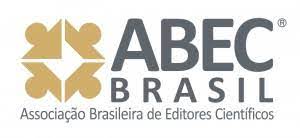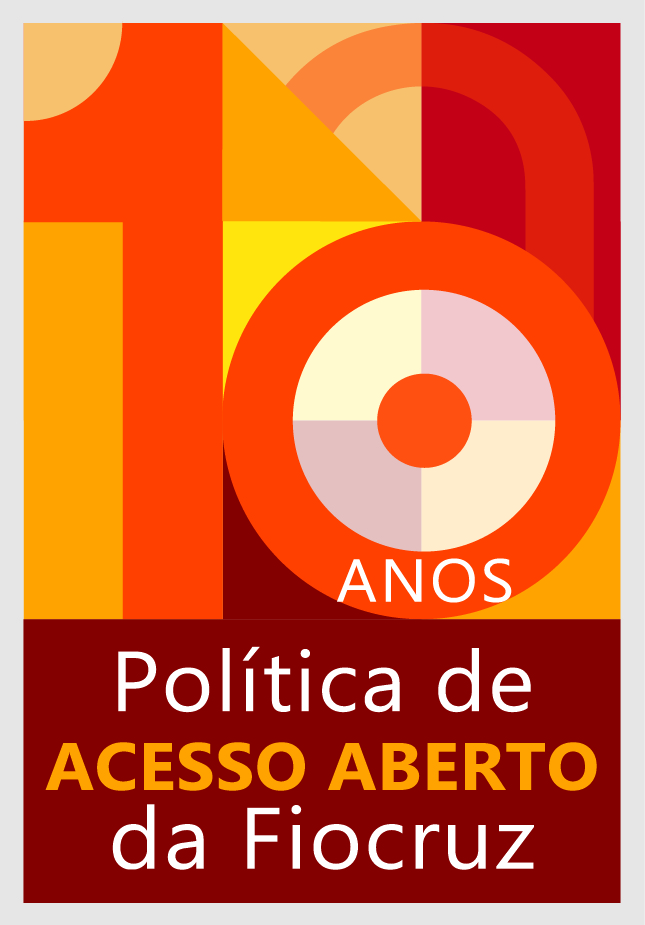Empirical evidence for iThenticate software usage by scientific journal editors – experience report
DOI:
https://doi.org/10.29397/reciis.v16i1.2297Keywords:
Electronic journals, Scholarly publishing, Indicators, Authorship, Plagiarism.Abstract
Introduction: Plagiarism accounts for half of the articles retracted from the literature. Textual similarity detection software like iThenticate support editors in preventing plagiarism. However, accounts intended for editors, explaining how to interpret their similarity reports, are scarce. Objective: To share the experience of the editors of the BAHIANA Journals portal in interpreting iThenticate reports in the past five years. Casuistic: The incidence of similarity in the analyzed texts and a rational to analyze total and partial non-originality scores are presented. How to analyze the reports respecting the methods section of the texts and observing the contemporary demand for more scientific transparency is discussed. Final remarks: The software’s automatic reports provide evidence of plagiarism in general, but the final verdict requires qualitative analysis that take into consideration the specifics of each text.
Downloads
Published
How to Cite
Issue
Section
License
Author’s rights: The author retains unrestricted rights over his work.
Rights to reuse: Reciis adopts the Creative Commons License, CC BY-NC non-commercial attribution according to the Policy on Open Access to Knowledge by Oswaldo Cruz Foundation. With this license, access, download, copy, print, share, reuse, and distribution of articles is allowed, provided that it is for non-commercial use and with source citation, granting proper authorship credits and reference to Reciis. In such cases, no permission is required from the authors or editors.
Rights of authors’s deposit / self-archiving: The authors are encouraged to deposit the published version, along with the link of their article in Reciis, in institutional repositories.












